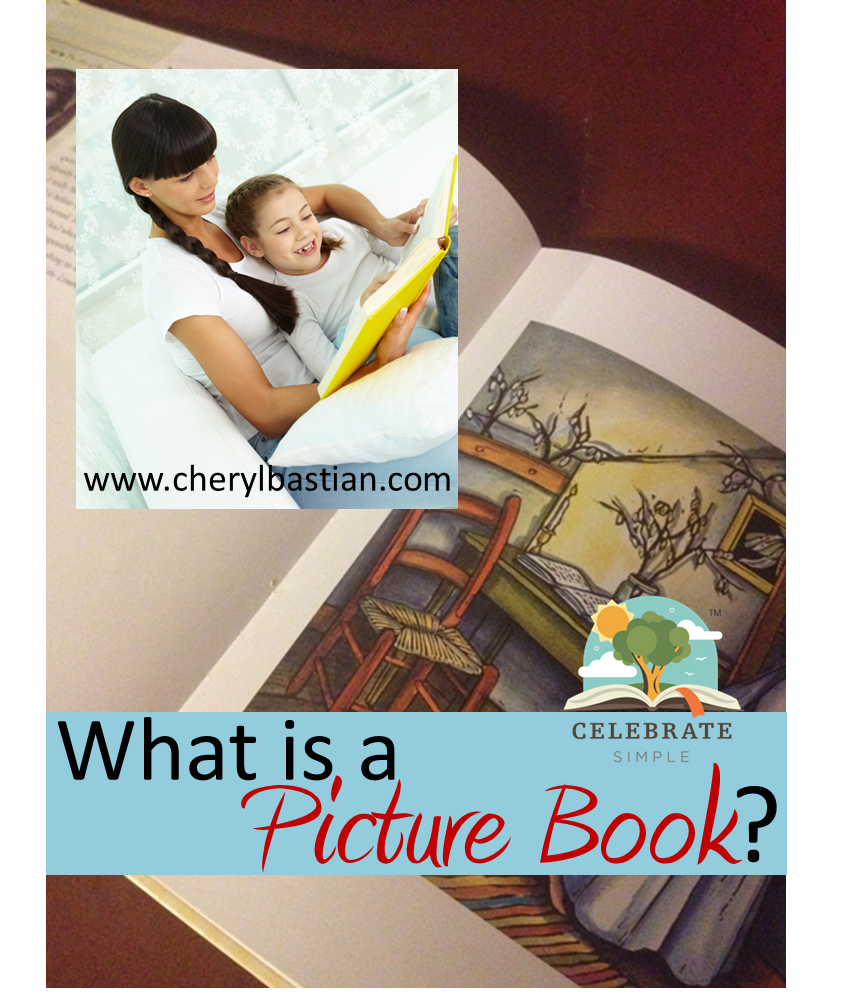Seven Things Preschoolers Need
/Preschool education forms the foundation for life and learning. In fact, it is during the preschool years that little learners master foundational skills which serve as a knowledge base for the years and skills to come. Included in that foundation are the attitudes toward learning. If the days and the education in those days are rushed—pushed—learning becomes burdensome, uninteresting, and often irrelevant. When learning flows naturally from that which is real and relational—interesting and personal—joy and wonder fuel their unending curiosity.
A love of learning is nurtured and begins with the items and people little learners love most.
How is a love of learning fostered, nurtured, and cultivated?
Go outside. Bikes. Bird nests. Sand. Water. Rock wall. Littles are on the move and interested in things that move! Movement is part of their physical and cognitive development. Littles are not made to be at tables and desks for extended periods of time. Instead, they need to be involved, moving and engaged. Outdoors—at the playground, on a nature trail, in the park, along a shoreline, at the beach—provides a natural classroom with endless possibilities for learning.
Read aloud. Reading aloud has been one of the most rewarding activities we've done in our more than years of teaching and parenting littles—picture books, biographies, non-fiction wonders. Each title opens opportunities for setting a template for the English language, building vocabulary, bolstering listening skills, understanding parts of a story, retelling events, the list goes on. Interestingly, there have been times when our little learners are seemingly off in their own world—playing, stacking blocks, coloring—while I read and yet, hours later, they remember EVERY word. So, as you embark on the read aloud journey, I encourage you to read, even when you think your learners are not engaged or paying attention. They are listening. Your reading matters!
Pretend play. Preschoolers learn by imagining and doing, by role playing and creating dialogue in relaxed and uninterrupted environments. Pretend play utilizes the senses and engages the mind, building language and thinking skills. Beginning in the toddler years, littles can be found feeding baby dolls, talking on pretend telephones, playing store, and mixing marvelous meals in a play kitchen. What's needed? Props! Some of our favorite pretend play items have been:
measuring cups and spoons
calculators, adding machines, and toy cash registers
dress up clothes and hats, backpacks and purses
fabric pieces, scarves, or old costumes
magnifying glasses, binoculars. or a Brock Magiscope
rulers, tape measures, protractors, and shape stencils
aprons, chef hats, pretend food, and dishes
stuffed animals and dolls
receipt books, stickers, and play money
old telephones, computer keyboards, and monitors
puppets and make-shift card table theaters
Games. Playing games allow children to learn important life skills, naturally, in a relax environment. While playing, littles practice turn taking, deferment to another person, waiting for others to make decisions or complete a turn, as well as a multitude of cognitive skills. Our favorite preschool learning games include:
BINGO (number recognition 1-75)
Matching cards (similarities and differences)
Dominoes (matching similarities, quantity recognition 1-6, counting 1-6)
Scrabble Junior (letter recognition, introductory phonics, initial consonant sounds)
Uncle Wiggly (number recognition 1-100, counting)
Guess Who? (critical thinking)
Hi-Ho Cherry-O (early counting, addition and subtraction concepts)
Barrel of Monkeys (GREAT for motor skills!)
Busy Bee (an oldie but goodie introduced to us by great-grandma)
Rivers, Roads, and Rails (another oldie by goodie)
Hopscotch (great for motor skills)
Simon Says (listening and following directions)
Checkers (critical thinking skills)
Do life together. One of the things I love about parenting preschoolers is watching their faces light up—indoors and outdoors, around the home, and on vacation.
Getting the mail might lead to a conversation about stamps, addresses, states, or modes of transportation.
Setting the table teaches one-to-one correspondence.
Folding laundry offers opportunities to make fractional parts by folding in half and in half again.
Matching shoes and sorting toys provides real-life situations for identifying similarities and differences.
Making together, kitchen experiences: measuring, comparing, weighing (math skills) as well as muscle skills, scrubbing potatoes, stirring, and kneading together. Doing life together allows preschoolers to learn alongside.
Every moment is a marvel, especially when preschoolers are engaged in doing life with those they love.
Talk and listen. Preschoolers are relational. They want to engage in face-to-face conversation and hand-in-hand exploration. When we talk to our children, listen to their questions, concerns, and ideas, we model interpersonal skills and they learn how to process information, feelings, and emotions. These skills are some of the most valuable nuggets our little learners will internalize in their early years.
Ask questions. It is no secret that little learners are natural questioners. They wonder what will happen next, how things happen, and when things will happen. It is in this inquisitiveness that they learn how life and people work, interact, and interrelate. Questioning is one of the most important life skills parents can foster and nurture. Mike and I foster inquisitiveness with commentaries and questions which invite our children to do the same.
I wonder how the (insert animal) stays warm.
What comes next in the sequence?
I wonder if (insert item) will work better with this or that.
What do you think will happen next?
I wonder where that trail leads.
Let's watch the (insert animal). I wonder what it will do next.
How long do you think it will take to ...?
Looking for a guide, a resource to encourage you through learning in the preschool years? One of my favorite resources for understanding the needs of little learners was Home Grown Kids by Raymond and Dorothy Moore. Once our children entered first grade The Three R's by Ruth Beechick became a go-to resource.
The preschool years are the wonder years, full of life and discovery, ripe with curiosity.
When learning flows naturally from that which is real and relational--interesting and personal--retention follows closely behind.






























